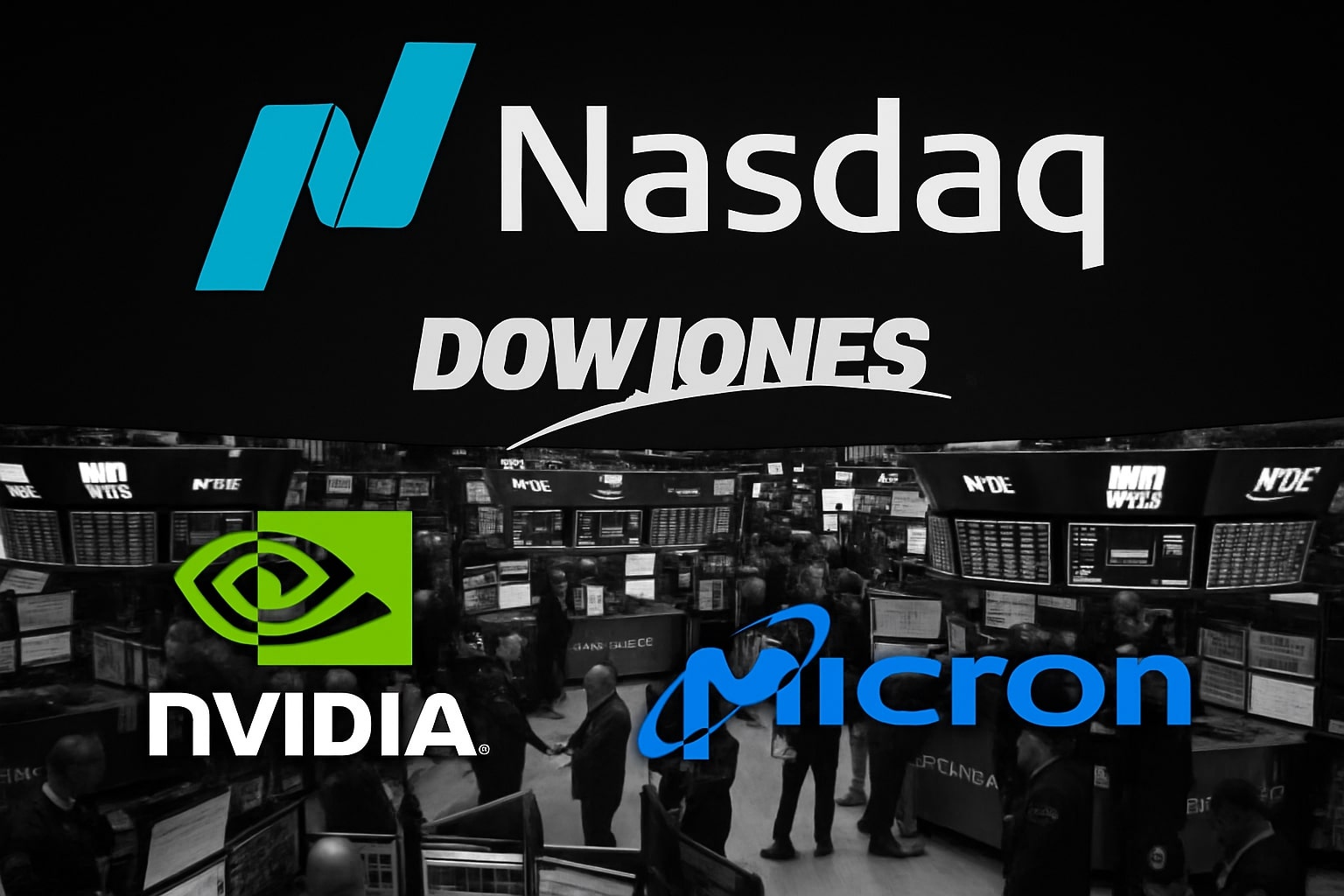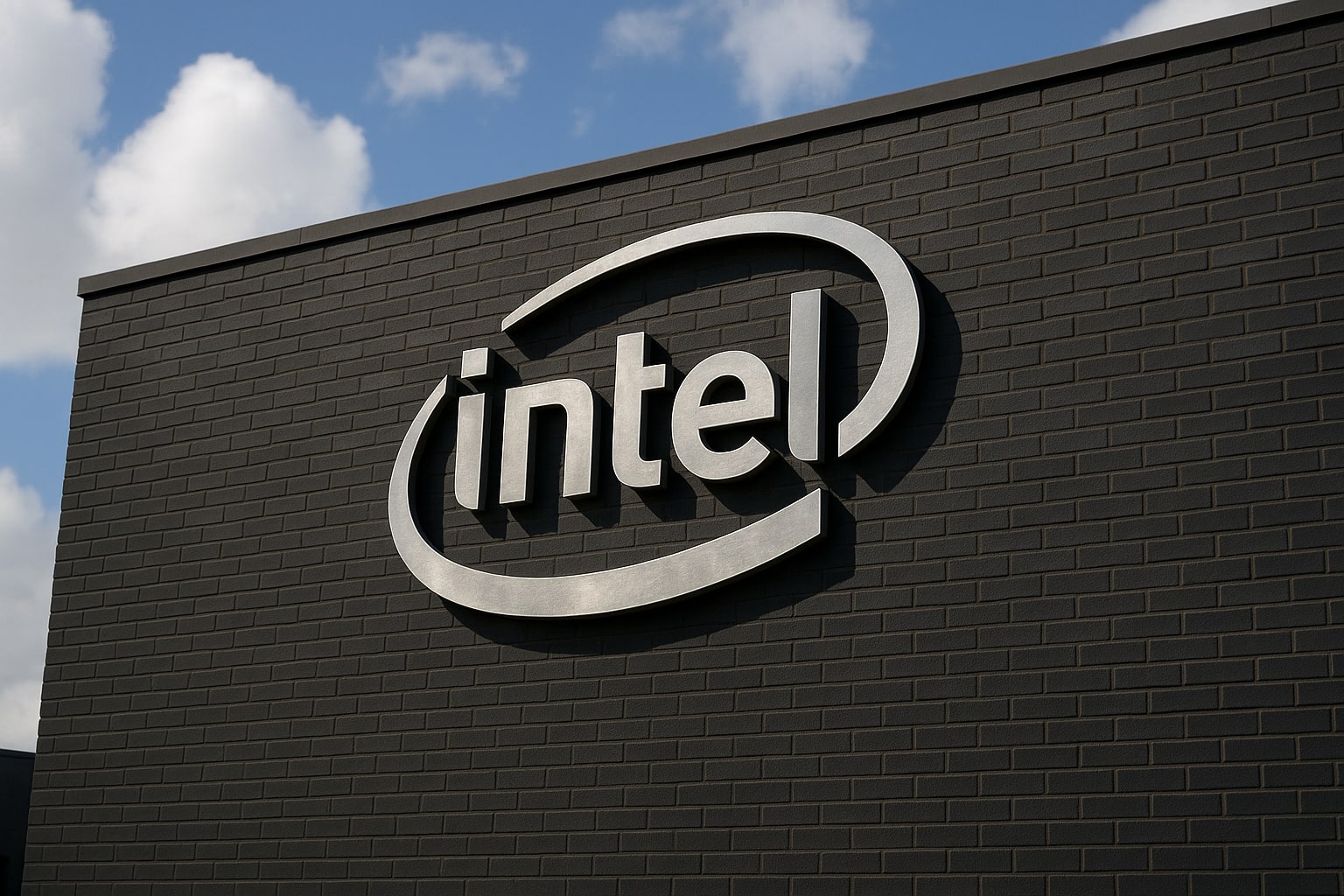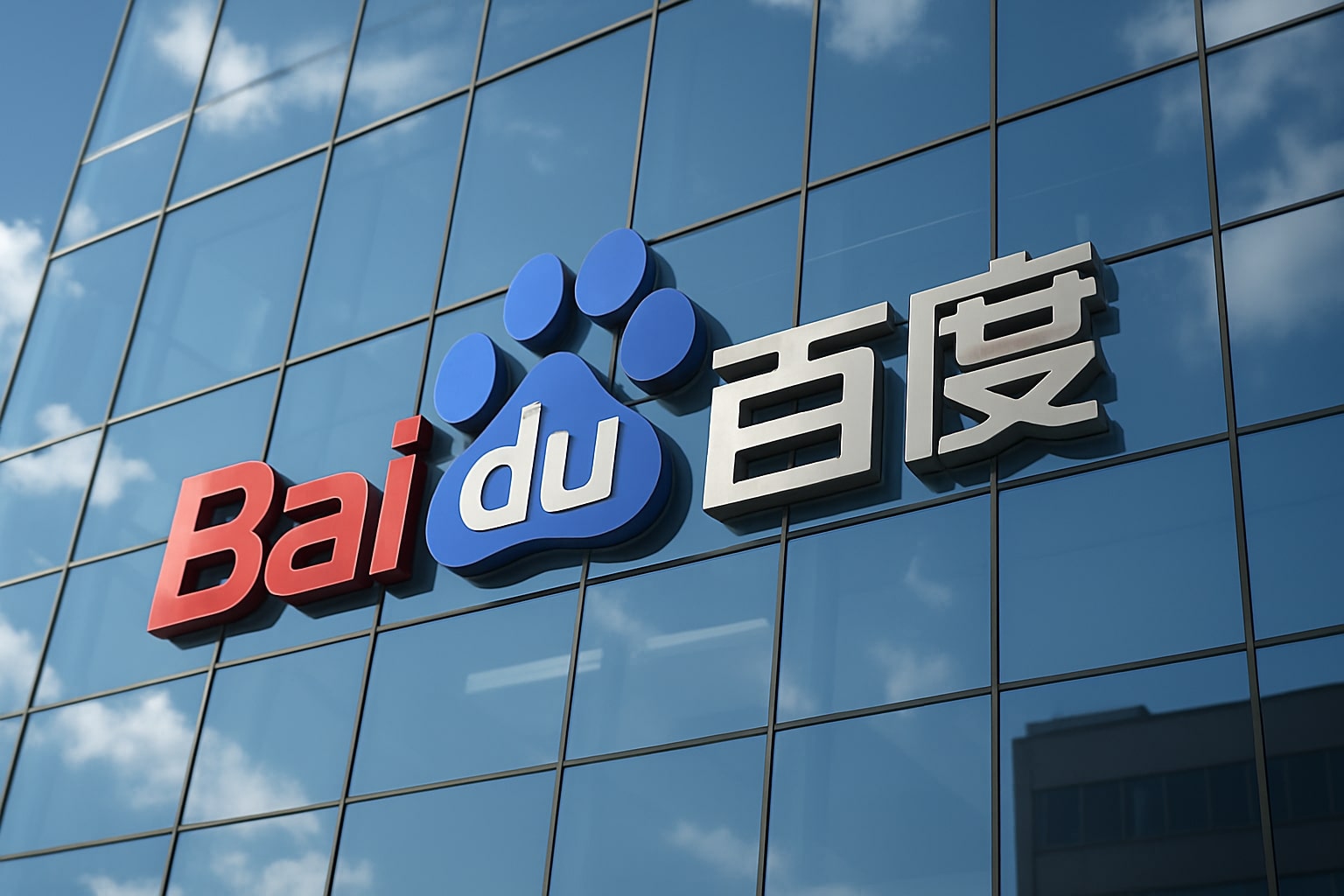
Stock Market Today: Nasdaq Rebounds to 22,900 as NVDA Stock at $190 and MU Rally While Dow Falls to 47,147
AI momentum lifted NVDA, MU, TSLA, and ORCL into the green as Bitcoin broke below $95K and the Dow dropped 309 points in a volatile, macro-driven trading session | That's TradingNEWS
Stock Market Today - Wall Street’s Turbulent Session Ends With Nasdaq’s Comeback While Dow Extends Its Slide
A volatile Friday session reshaped market sentiment as the Nasdaq Composite pushed into positive territory at 22,900.59, reversing a sharp early selloff that had dragged it down nearly 1.8%. The late surge contrasted with persistent weakness in the Dow Jones Industrial Average, which closed at 47,147.47, losing 309.75 points as cyclical sectors and consumer giants failed to stabilize. The S&P 500 hovered just below neutral at 6,734.11, mirroring a market that struggled to reconcile strong interest in oversold tech with tightening financial conditions and fragile global demand signals. The week’s conflicting signals underscored the widening performance gap between mega-cap AI leaders and the broader industrial and retail economy.
Tech Momentum Rebounds As AI And Semiconductors Lead A Late-Session Recovery
The Nasdaq’s turnaround was powered by aggressive dip buying across artificial intelligence, cloud infrastructure, and high-performance computing stocks. NVIDIA (NVDA $190.17) moved from deep red territory into a 1.77% gain, extended by traders positioning ahead of earnings expected to deliver $55.28 billion in revenue and $1.26 EPS, with data-center contributions projected at $49.53 billion. Advanced Micro Devices, Broadcom, Arm Holdings, Tesla, and Palantir reversed declines of 3.5% to 7% from Thursday’s sharp pullback. The reversal reflected renewed conviction around hyperscaler spending after firms like Microsoft, Alphabet, and Amazon reaffirmed rising AI CapEx commitments expected to stretch into 2026.
The shift came even as global pressure mounted from SoftBank’s complete divestment of Nvidia shares, a move that triggered valuation concerns earlier in the week. Despite that shock, tech’s resilience reaffirmed its role as the core engine keeping market sentiment afloat during macro instability.
Dow Weakness Deepens As Legacy Sectors Drag And Corporate Disappointments Pile Up
While tech snapped back, the Dow’s decline highlighted cracks in economically sensitive segments. Nike extended its downtrend after Moody’s cut its rating, citing tariff-driven input inflation and intensifying footwear competition. Bristol-Myers Squibb slid over 4% after ending its late-stage milvexian trial with Johnson & Johnson due to weak efficacy, removing a potential multi-billion-dollar future revenue stream. Walmart reversed early losses following its announcement that CEO Doug McMillon will retire in January 2026, passing leadership to long-time executive John Furner. Despite the smooth succession plan, the shift took place against a backdrop of weakening retail margins and broader consumer fatigue, adding pressure to the Dow’s retail cohort.
AI Infrastructure Outperforms As Memory Pricing Tightens And Cloud Partnerships Expand
Despite broader uncertainty, the market’s most structurally important winners accelerated. Micron Technology soared more than 5% after Morgan Stanley named it a “top pick” and raised its target to $325, arguing that DDR5 shortages and AI data-center buildouts are positioning Micron for earnings power not fully reflected in current prices. Oracle gained more than 2%, supported by accelerating adoption across enterprise workloads. Smaller AI-linked names showed explosive volatility, led by Ondas Holdings, which surged 9.45% to $7.18 after reporting 582% year-over-year revenue growth to $10.1 million, beating expectations and highlighting how niche automation companies continue benefiting from sector-wide AI expansion.
Commodity Markets React To Margin Pressure As Gold And Silver Correct While Oil Finds Support
Margin calls and liquidity stress forced sharp unwinding across precious metals. Gold retreated to $4,077, losing 2.4%, and Silver dropped more than 5%, falling to $50.47 as yields advanced and risk demand narrowed. The 10-year Treasury yield, climbing toward 4.15%, redirected flows away from metals just days after they touched historic highs. Energy markets offered partial stabilization with WTI crude oil rising to $59.95, up 2.2%, as traders priced in potential supply adjustments related to geopolitical risks and possible OPEC intervention.
Crypto Market Entering Breakdown Mode As Bitcoin Falls Below Key Support Levels
The crypto complex suffered its sharpest weekly decline in months as Bitcoin slipped to the $94,300–$95,000 range, its lowest point since early May. The drop triggered synchronized losses across crypto-linked equities including MicroStrategy, Robinhood, Coinbase, and MARA Holdings, many of which fell 5% to 11% in late trading. Panic briefly accelerated after rumors suggested MicroStrategy was liquidating part of its Bitcoin holdings—rumors directly denied by CEO Michael Saylor. His symbolic “HODL” message failed to reverse sentiment as investors confronted the reality that crypto continues behaving as a high-beta risk asset rather than a defensive hedge.
Fed Division, Data Gaps From Shutdown, And Shifting Rate-Cut Odds Intensify Market Confusion
The U.S. government’s 43-day shutdown created data blind spots affecting inflation, labor, and manufacturing indicators. Traders entered the week relying on secondary metrics and corporate commentary rather than core federal releases, heightening sensitivity to every Fed remark. The probability of a December rate cut tumbled from 67% to 46%, reflecting the widening divide between Fed members advocating caution and those prioritizing growth risks. Yield curves shifted accordingly, strengthening the dollar to 99.27 while constraining upside in equities outside of AI megacaps.
Global Markets Mirror U.S. Volatility As China Growth Risks And Tech Repricing Spread Across Regions
Weak Chinese fixed-asset investment, falling 1.7% over ten months, raised alarms across global risk markets, adding pressure to European and Asian indices already shaken by U.S. tech repricing. The FTSE 100 dropped 1.1%, the STOXX 600 fell 0.9%, and broader losses spread across Germany and France. Asia faced steeper declines, with the Nikkei down 1.8%, Kospi down 2.6%, and tech-dependent benchmarks in Taiwan and Hong Kong sliding as semiconductor sentiment weakened. The combination of China’s slowdown, cautious European consumer activity, and fears of an AI valuation bubble created a synchronized downturn across global equity regions.
Corporate Headlines Drive Significant Single-Stock Volatility Across Biotech, Retail, And Sportswear
Biotech M&A dominated headlines as Merck agreed to acquire Cidara Therapeutics for $9.2 billion, sending CDTX up 105% to levels not seen in nearly a decade. The deal centered on CD388, a promising influenza therapy with blockbuster potential. Under Armour shocked markets by announcing the separation of its Curry Brand and expanding restructuring charges to as much as $255 million, signaling deeper strategic changes. StubHub plunged nearly 25% after revealing a $1.3 billion loss and withholding forward guidance, raising doubts about post-IPO visibility just months after debuting on public markets.
Weekly Performance Of Nasdaq, S&P 500, And Dow Reveals Diverging Market Psychology
Despite Friday’s turbulence, the week closed with modest index gains for the Dow (+0.34%) and S&P 500 (+0.08%), while the Nasdaq slipped 0.45%, marking its first weekly decline in several months. Year-to-date performance still highlights the dominance of AI-driven sectors, with the Nasdaq up 19%, S&P up 14%, and the Dow up 11%. The resilience of tech continues overshadowing broader market softness, especially in industrials, consumer goods, and biopharma.
Read More
-
SCHD ETF Price at $27: Can SCHD’s 4% Yield and 9.15% Dividend Growth Beat High-Yield Covered Call ETFs?
15.12.2025 · TradingNEWS ArchiveStocks
-
XRP ETFs Close on $1B Inflows as XRPI at $10.92 and XRPR at $15.52 Hit 52-Week Lows
15.12.2025 · TradingNEWS ArchiveCrypto
-
Natural Gas Price Forecast: NG=F Holds the $4 Floor as Oversupply Clashes with 2026 LNG Demand
15.12.2025 · TradingNEWS ArchiveCommodities
-
USD/JPY Price Forecast - Dollar to Yen At 155: Yen Strength Builds As BoJ Hike And NFP Collide
15.12.2025 · TradingNEWS ArchiveForex
Weekly Outlook Driven By Nvidia Earnings, Delayed Jobs Data, China Stimulus Expectations, And Yield Trends
The upcoming week places NVIDIA’s earnings at the center of market direction, as its results will determine whether AI momentum remains sustainable or risks deeper consolidation. Delayed U.S. labor data due on Nov. 20, combined with speculation surrounding Chinese policy interventions, introduces unusually high macro uncertainty. Continued strength in yields near 4.15% limits equity multiple expansion and pressures cash-flow-sensitive companies. Traders will focus heavily on leadership sectors such as semiconductors, hyperscale cloud partners, automation, and advanced hardware, while defensive stocks remain vulnerable to valuation compression.
Market Positioning And Final Stance On Buy, Sell, Or Hold Across Indices And Key Sectors
Based on integrated data and structural momentum, AI megacaps including NVDA, MSFT, GOOGL, AVGO, and MU remain positioned as BUY candidates, driven by quantifiable demand, record revenue expectations, and unmatched pricing power. Crypto-related equities fall into SELL territory due to deteriorating sentiment and heavy correlation with risk-off moves. Gold and Silver justify a HOLD stance, pressured short-term by rising yields but supported long-term by monetary uncertainty. Lagging Dow components such as NKE, BMY, and STUB trend toward SELL conditions given their weak catalysts and negative outlooks. The broader indices favor a HOLD posture with a mild upward bias toward the Nasdaq, supported by superior earnings visibility in the AI sector.


















